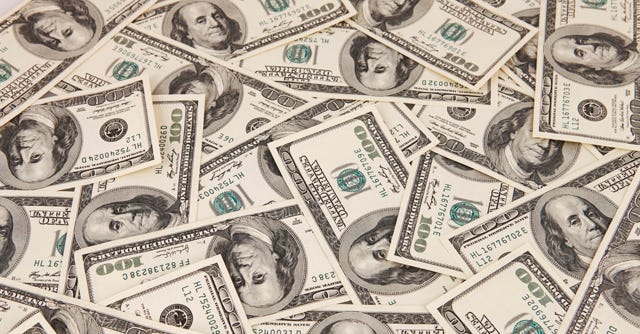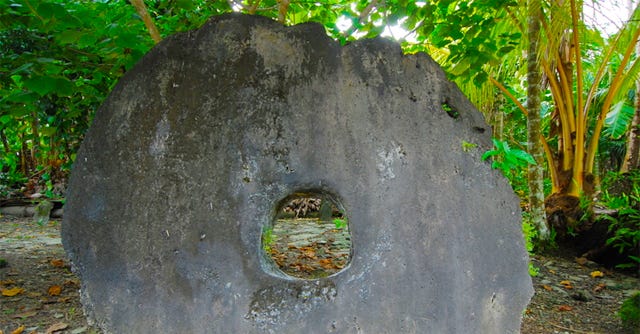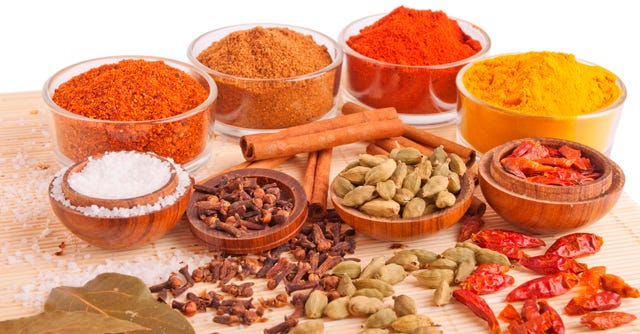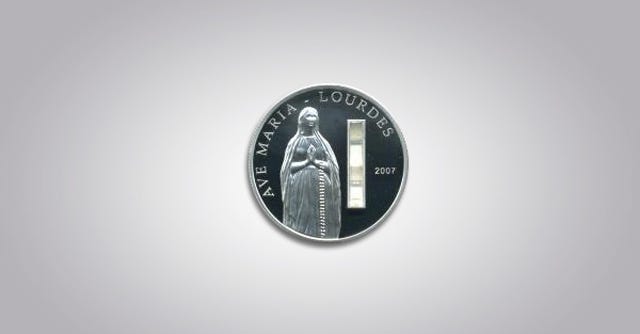- No results found.
Related Articles
-
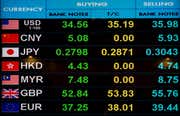 Trading
Trading6 top-traded currencies and why they're so popular
Every currency has specific features that affect its underlying value and price movements in the forex market. Learn why these currencies are especially popular for trading. -
 Insights
InsightsA Primer On Reserve Currencies
For nearly a century, the U.S. dollar has served as the world's premier reserve currency, but the future is uncertain. -
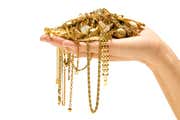 Tech
TechDo Cryptocurrencies Have Intrinsic Value? It Depends
Cryptocurrencies matter in the long run, whether as a store of value or a medium of exchange. -
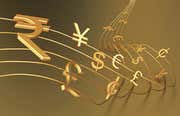 Trading
TradingThe 6 Most-Traded Currencies And Why They're So Popular
Regardless of the reason, forex is an integral part of 21st century finance. And the more widely used and reliable the currency, the greater the likelihood of people buying and selling it every ... -
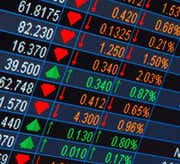 Trading
TradingPopular Forex Currencies
Learn about the most traded currencies and the strategies used to trade them. -
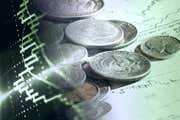 Trading
TradingExploring Non-Dollar Currencies For Forex Trading
Learn how investments in foreign currencies can diversify your portfolio. -
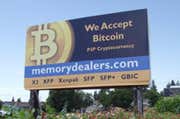 Tech
TechBitcoin May Be The Currency Of The Future
Forget the dollar or the euro. Bitcoin may be the next big currency to hit the world.
